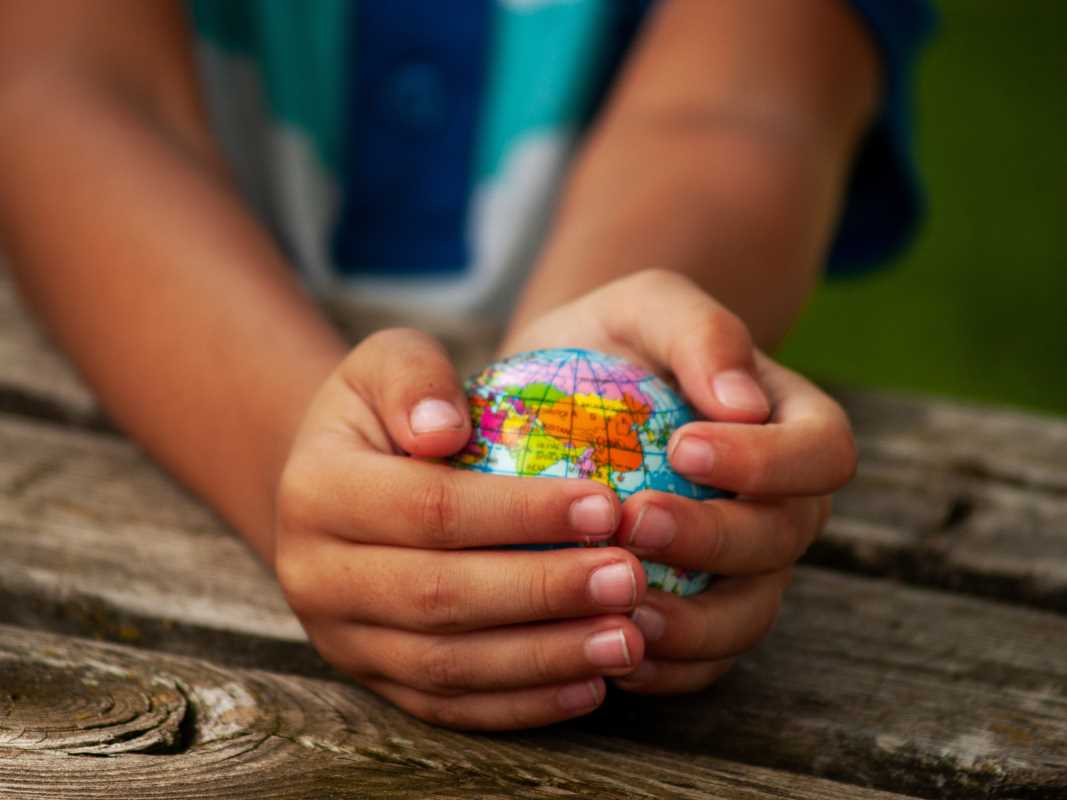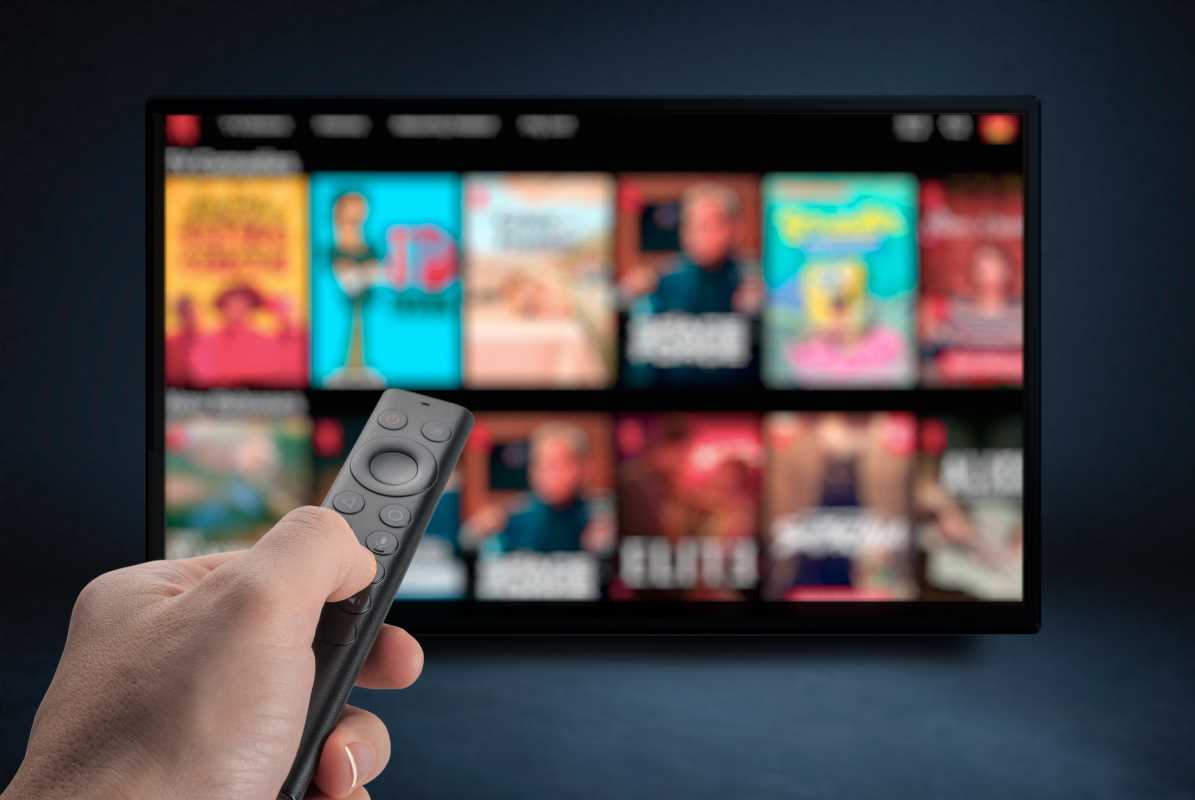Animation has come a long way since its inception, transforming from simple hand-drawn images to complex CGI masterpieces that captivate audiences worldwide. This evolution not only showcases the technological advancements of the past century but also reflects the creativity and vision of countless artists and innovators. Let’s take a journey through the history of animation, highlighting key milestones and influential figures that have shaped the industry.
The Early Days: Disney's Golden Age
The history of animation is deeply intertwined with the legacy of Walt Disney, whose early works laid the foundation for modern animation. In the 1920s, Disney and his team introduced the world to Mickey Mouse with "Steamboat Willie" (1928), one of the first synchronized sound cartoons. This innovative short film catapulted Mickey Mouse to fame and established Disney as a pioneering force in animation.
The 1930s and 1940s marked Disney's Golden Age, characterized by the release of iconic features such as "Snow White and the Seven Dwarfs" (1937), the first-ever full-length animated feature film. This groundbreaking film demonstrated the potential of animation as a storytelling medium, combining stunning visuals with a compelling narrative that appealed to audiences of all ages.
Following "Snow White," Disney released a series of celebrated classics, including "Pinocchio" (1940), "Dumbo" (1941), and "Bambi" (1942). These films showcased the studio's mastery of hand-drawn animation, with rich, detailed artwork and innovative techniques like the multiplane camera, which added depth and realism to animated scenes.
The Rise of Television Animation
The mid-20th century saw the rise of television as a dominant entertainment medium, leading to a new era of animation. Studios like Hanna-Barbera began producing animated shows for TV, creating iconic series such as "The Flintstones" (1960) and "The Jetsons" (1962). These shows were characterized by simplified animation techniques, allowing for faster production and lower costs while maintaining audience engagement.
During this period, animation extended beyond children's entertainment, with shows like "The Simpsons" (1989) paving the way for adult-oriented animated content. The success of "The Simpsons," with its satirical take on American family life, demonstrated that animation could tackle complex themes and humor, attracting a diverse audience.
Technological Advancements: The Advent of CGI
The late 20th century brought significant technological advancements that revolutionized the animation industry. Computer-generated imagery (CGI) emerged as a powerful tool, offering animators new creative possibilities. One of the earliest and most influential CGI films was "Toy Story" (1995), produced by Pixar Animation Studios in collaboration with Disney. "Toy Story" was the first feature-length film entirely created using CGI, and its success marked a turning point in animation history.
Pixar continued to push the boundaries of CGI with hits like "Finding Nemo" (2003), "The Incredibles" (2004), and "Up" (2009), each film showcasing advancements in digital animation techniques and storytelling. Other studios, such as DreamWorks Animation with "Shrek" (2001), followed suit, contributing to the growing popularity of CGI animation.
Influential Figures in Animation
Several key figures have left an indelible mark on the animation industry. Walt Disney, of course, is synonymous with animation innovation and excellence. His visionary approach transformed animation from simple shorts into a respected art form capable of telling profound stories.
Another influential figure is Hayao Miyazaki, co-founder of Studio Ghibli, whose films like "My Neighbor Totoro" (1988) and "Spirited Away" (2001) have captivated audiences with their enchanting worlds and intricate narratives. Miyazaki's dedication to hand-drawn animation has preserved traditional techniques while bringing them into contemporary cinema.
In the realm of CGI, John Lasseter, a former Pixar executive, played a pivotal role in popularizing the medium. His work on "Toy Story" and subsequent Pixar films set new standards for animation quality and storytelling.
Animation's Impact on Popular Culture
Animation has significantly influenced popular culture, shaping the way stories are told and consumed across various media. Animated characters like Mickey Mouse, Bugs Bunny, and SpongeBob SquarePants have become cultural icons, recognized and beloved worldwide.
Animation's impact extends beyond entertainment, influencing fashion, merchandise, and even social movements. Characters from animated films and shows frequently appear in advertising, video games, and theme parks, demonstrating their enduring popularity and cultural significance.
Furthermore, animation has provided a platform for exploring diverse narratives and perspectives. Films like "Zootopia" (2016) and "Coco" (2017) address social issues and celebrate cultural diversity, resonating with audiences globally and sparking important conversations.
The Future of Animation
As technology continues to advance, the future of animation holds exciting possibilities. Virtual reality (VR) and augmented reality (AR) are emerging as new frontiers for animated storytelling, offering immersive experiences that blur the line between viewer and participant. These technologies have the potential to redefine how audiences interact with animated content, creating new opportunities for creativity and engagement.
Additionally, the rise of streaming platforms has democratized access to animated content, allowing independent creators to reach global audiences. This shift is fostering a diverse range of voices and styles, enriching the animation landscape with fresh perspectives and innovative storytelling techniques.
In conclusion, the evolution of animation from Disney classics to CGI masterpieces reflects the industry's adaptability and innovation. As new technologies emerge and storytelling continues to evolve, animation will undoubtedly remain a vital and dynamic part of our cultural fabric, captivating and inspiring generations to come.
 (Image via
(Image via





